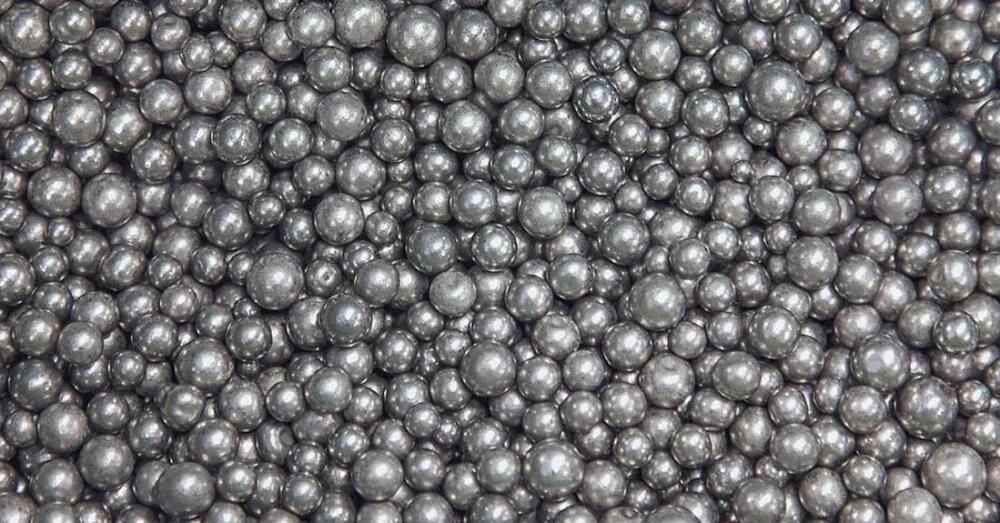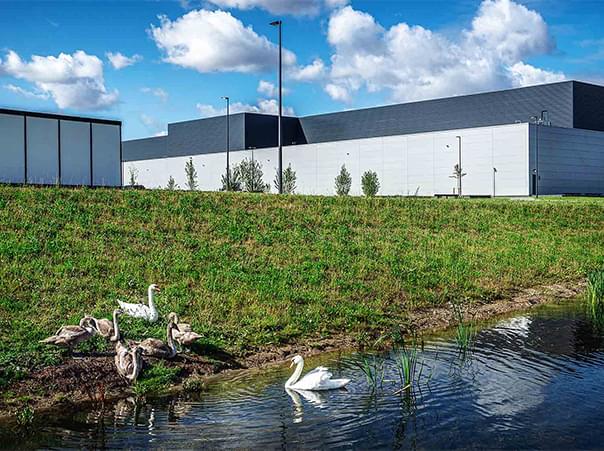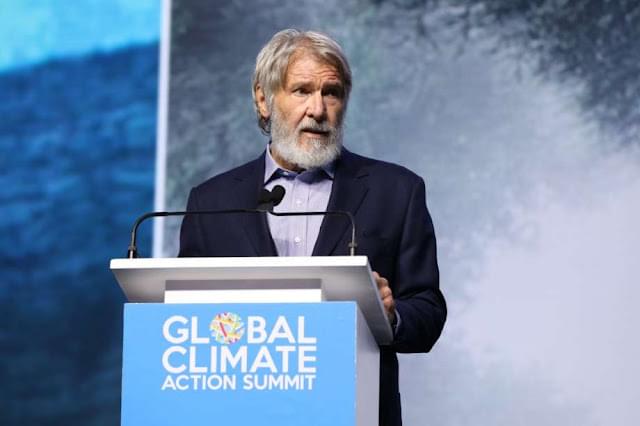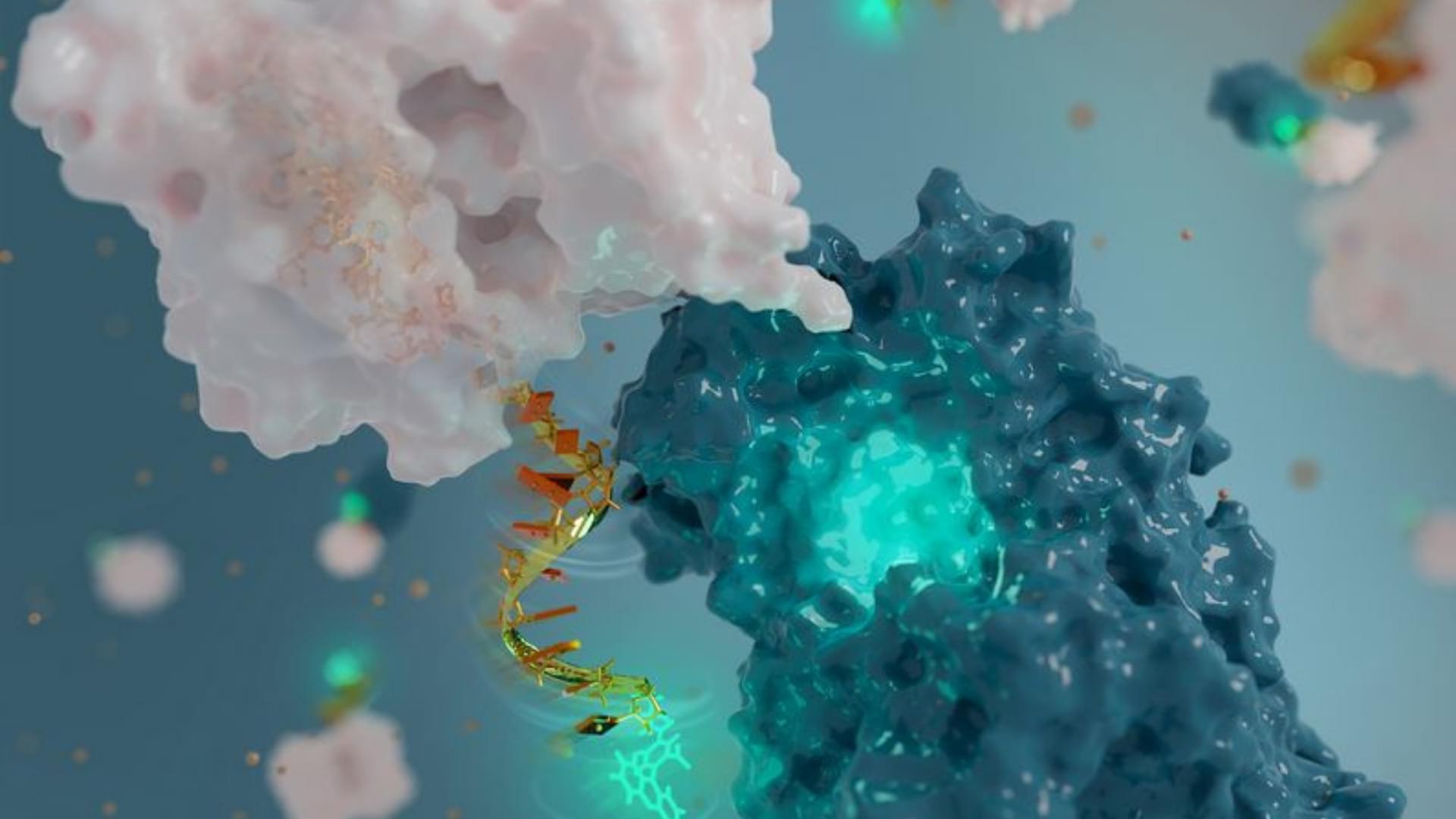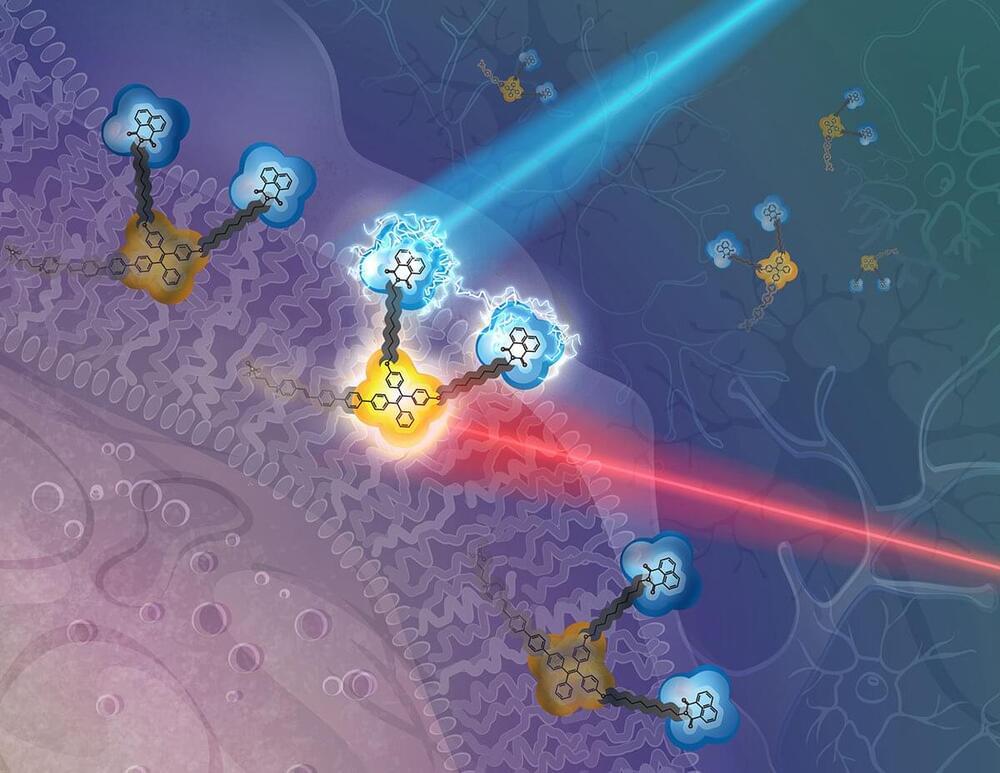Where does it go from here?
Tesla has signed a new deal to source nickel for battery cell production from an upcoming new mine in the United States. It’s a landmark deal to start sourcing the critical battery material in the US and help boost upcoming new mining projects.
Over the last few years, Tesla CEO Elon Musk has been pushing for nickel producers to boost production as he expects the resource could become a bottleneck for battery production.
The company gets its nickel overseas. Vale, the Brazilian mining giant, is Tesla’s main nickel supplier, and the company has recently done a big deal to secure nickel supply from New Caledonia. But, North American production of nickel is limited, and Tesla is not sourcing locally.
One of Europe’s top business schools recently released its Future Readiness Indicator study and focused on the automotive sector for its analysis.
Similar projects in Denmark have used recaptured heat from smaller structures, such as supermarkets, to supply a nearby building or two. The Facebook project scales the technology to a level not yet reached in the world by producing up to 25 MW per hour of usable heat.
“Facebook opened their new data center in Odense,” said Denmark’s Minister of Climate, Energy, and Utilities, Dan Jørgensen, on Instagram. “It’s based on renewable energy only (from their own wind farm) and feeds their surplus heat into the district heating system. Good news for the transition to green energy!”
As a nation, Denmark has set a goal to eliminate the use of coal by 2030. The heat recovery project supports Odense’s even more aggressive goal to phase out coal (which 30 percent of the city still depends on for heat) by 2023 — a modern feat for a city that just celebrated its 1,031st anniversary. Facebook’s data center is estimated to reduce Odense’s demand for coal by up to 25 percent.
To make fusion energy a viable resource for the world’s energy grid, researchers need to understand the turbulent motion of plasmas: a mix of ions and electrons swirling around in reactor vessels. The plasma particles, following magnetic field lines in toroidal chambers known as tokamaks, must be confined long enough for fusion devices to produce significant gains in net energy, a challenge when the hot edge of the plasma (over 1 million degrees Celsius) is just centimeters away from the much cooler solid walls of the vessel.
Abhilash Mathews, a PhD candidate in the Department of Nuclear Science and Engineering working at MIT’s Plasma Science and Fusion Center (PSFC), believes this plasma edge to be a particularly rich source of unanswered questions. A turbulent boundary, it is central to understanding plasma confinement, fueling, and the potentially damaging heat fluxes that can strike material surfaces — factors that impact fusion reactor designs.
To better understand edge conditions, scientists focus on modeling turbulence at this boundary using numerical simulations that will help predict the plasma’s behavior. However, “first principles” simulations of this region are among the most challenging and time-consuming computations in fusion research. Progress could be accelerated if researchers could develop “reduced” computer models that run much faster, but with quantified levels of accuracy.
Celebrities often use their platforms to spread awareness on important issues. But while many of us have become numb to their warnings, there’s something about Harrison Ford that makes people sit up and listen.
Maybe it’s the cult following he’s acquired from playing heroic characters like Indiana Jones and Han Solo.
It is 20,000 times smaller than human hair, can communicate using light signals, and could potentially work in any lab in the world.
AI-powered, $13 million drug discovery and development collaboration set to jointly advance multiple targets.
A team of physicists from the Massachusetts Institute of Technology (MIT) has discovered a hybrid particle that could pave the way for smaller and faster electronic devices in the future.
The hybrid particle, which was found to be a mashup of an electron and a phonon (a quasiparticle formed by vibrating atoms in a material), was detected in a strange, two-dimensional magnetic substance.
Probably the most intriguing aspect of the discovery, however, is that when the scientists measured the force between the electron and phonon, they saw that the glue, or bond, was 10 times stronger than what had previously been estimated for other known electron-phonon hybrids, according to the study which has been published in the journal Nature Communications.
Bioelectricity, the current that flows between our cells, is fundamental to our ability to think and talk and walk.
In addition, there is a growing body of evidence that recording and altering the bioelectric fields of cells and tissue plays a vital role in wound healing and even potentially fighting diseases like cancer and heart disease.
Now, for the first time, researchers at the USC Viterbi School of Engineering have created a molecular device that can do both: Record and manipulate its surrounding bioelectric field.

